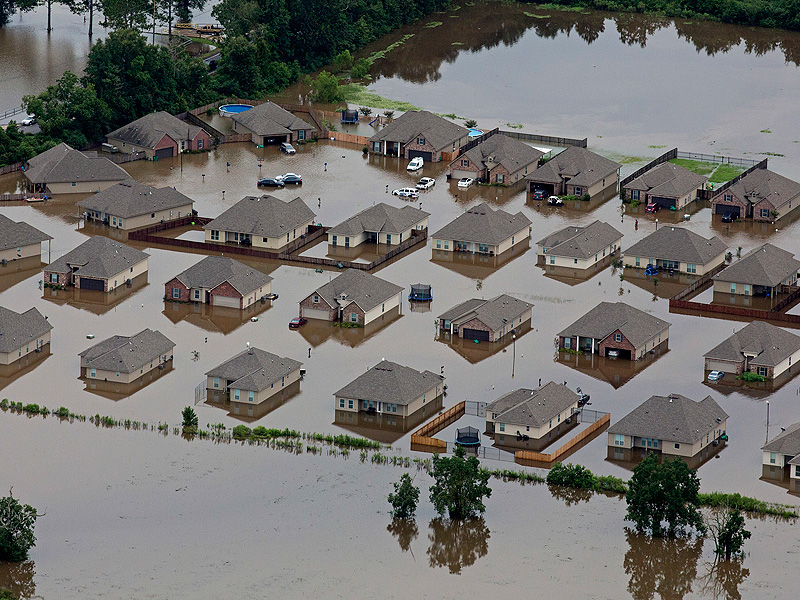As the waters recede, the recovery begins. And that recovery will take money — money to rebuild homes, replace furnishings, and remake devastated communities. Flood insurance is intended to do just that. But how does the process work and what should flood victims do now — within the first few days of the water going down?
The most important thing that flood insurance policyholders can do now is document losses. And the most important thing that flood victims can remember is that the flood claim process is a negotiation with an insurance company on a property loss.
How will my claim be evaluated?
Flood policies are issued and administered by private insurance companies, not FEMA or any other branch of the federal government. The standard flood policy covers up to $250,000 for the structure of the home and $100,000 for personal possessions. Structural damages are calculated using replacement cost, which will pay the amount needed to rebuild or repair the home to the condition it was in prior to the flooding.
The insurance companies that issue and administer the flood policies have hired adjusters who will evaluate the replacement value of the flooded property. Those insurance adjusters will be unable to truly evaluate those costs if they are not given the appropriate information.
To give the best information to the insurance adjuster, homeowners would be smart to have their own estimation done, preferably before any demolition occurs and before the flood adjuster begins his estimation. The homeowner’s estimator should consider the full extent of the damage to not only sheetrock but damage to electrical, foundation, finishings, cabinetry, baseboards, moldings, and all of the other things that make a home special. Those are things that an insurance adjuster (likely assigned hundreds of claims) might not take into consideration. But those are the type of things that will greatly impact the replacement costs, and the ultimate value of the settlement with the insurance company.
As with any insurance claim, documentation is key. Photographs of the damage are critical. A good rule of thumb is to take what you would consider to be an obnoxious amount of photos of the damage. And then take more. But photos of damage is only part of the puzzle. Consider what photographs you have of your home before the flood. Did you have a recent appraisal done in which photos were taken? Did you have a family get together where the kitchen or den is photographed? Any Instagram or Facebook posts that show your home before the flood?
In addition to the photographs, take a full measure of your contents. Flood policies cover contents as well. Unlike the structural damage which is measured by replacement value, damages to personal possessions are calculated using actual cash value. That means that the policy will only pay the replacement cost minus the depreciation of the possessions. In other words, the older the possessions are, the less value the homeowner will likely be able to recover.
When Will My Claim Be Paid? And For How Much?
In another post, we examine the deadlines associated with filing a Proof of Loss. The deadlines are critical to follow. But at this early stage, it is important to remember that a flood policy is like any other insurance policy. It has limits and deductibles. And it is a negotiation with an insurance company. Flood victims are well-served to be prepared for that negotiation and/or to hire experienced help to navigate this critical process to help rebuild homes, replace furnishings, and remake devastated communities.


